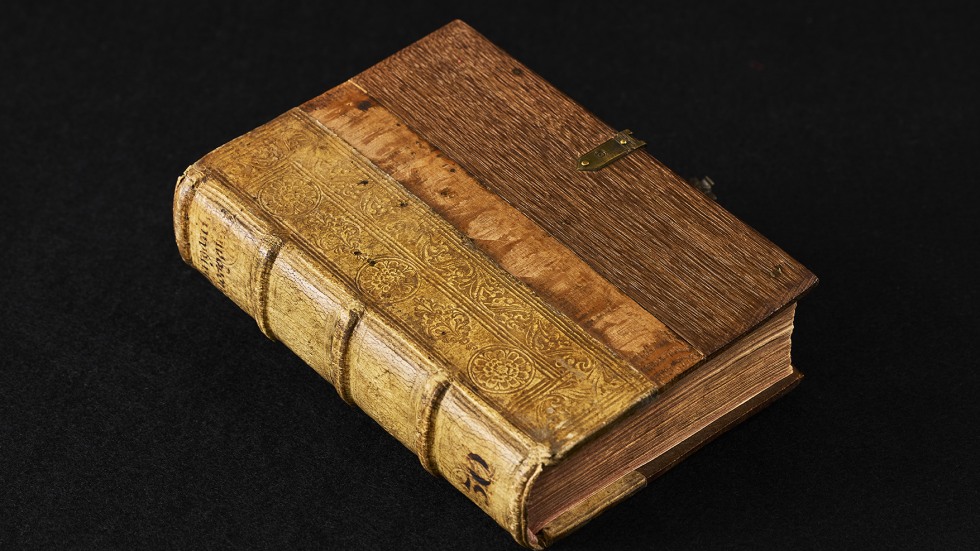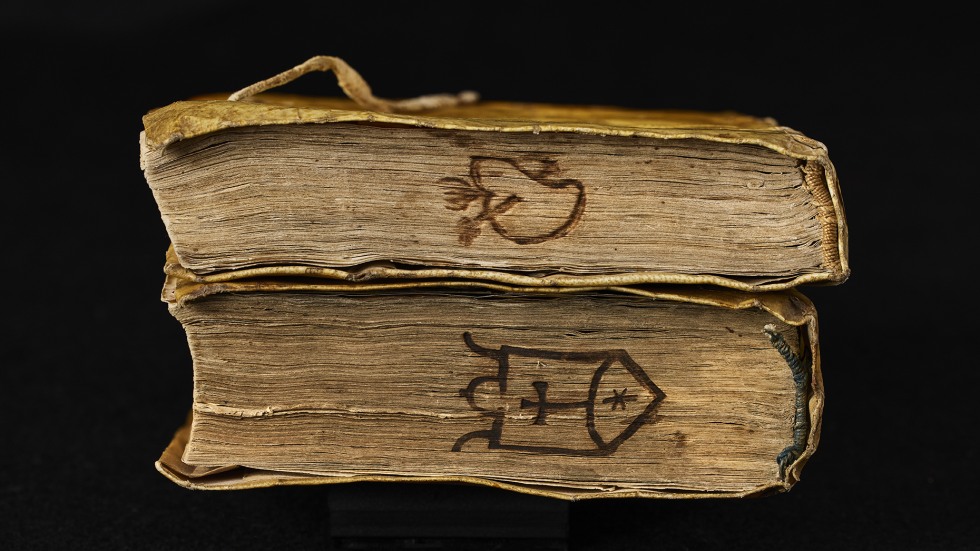PROVIDENCE, R.I. [Brown University] — With the advent of e-readers in the early aughts, many decried the death of the physical book.
Not only was that obituary premature, but in recent years there has been a resurgence of interest in books published with decorated edges, embossed covers and beautiful end papers, said José Montelongo, curator of Latin American books at the John Carter Brown Library.
“We love the world of the book so much that we become attached to the object, interested in the object and fascinated by the object,” Montelongo said. “A book belongs not just to the author but to all the people who have read it since and left some sort of mark on it.”
Montelongo’s deep appreciation for book construction inspired “Elemental: Crafting Books from Nature,” a new exhibition about books made in or about the early Americas on view at the John Carter Brown Library through Dec. 15, 2025.
“Elemental” reveals the thousands of years of practical knowledge and natural resources that led to the production of books. Every one of these early books has a story beyond the words on the pages, from miners who extracted the metals used for movable type to the laborers who collected linen rags and turned them into paper, Montelongo said.


